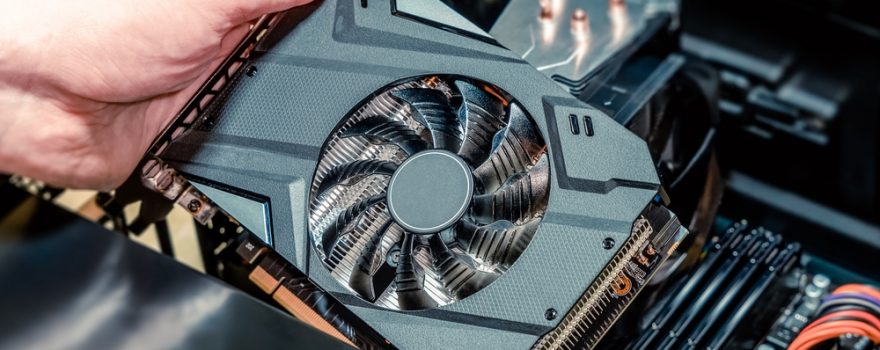
AMD’s gaming revenue plummeted by 48% year-over-year in the first quarter of 2024, reflecting a significant downturn in sales for both Radeon discrete graphics cards and system-on-chips (SoCs) used in gaming consoles. This steep decline has led to widespread speculation that AMD might delay or even cancel the launch of its next-generation Radeon RX 8000-series GPUs, originally anticipated for 2024. With the downturn expected to persist into 2025, the gaming industry is abuzz with questions about AMD’s next steps.
AMD’s revenue from gaming fell to $922 million in Q1 2024, down from $1.757 billion in the same quarter of 2023. This drop comes from reduced demand for its Radeon GPUs and the slowing sales of SoCs that power popular gaming consoles like the PlayStation 5 and Xbox Series X|S. While AMD managed to generate an operating income of $151 million from gaming, that’s less than half of the $314 million posted a year earlier. CFO Jean Hu indicated that the downward trend in semi-custom SoCs aligns with AMD’s expectations, given that these consoles are now in their fifth year on the market.
Hu also noted that AMD’s discrete GPU revenue had decreased due to lower sales of its Radeon 7000-series. Despite launching new products like the Radeon RX 7900 GRE and driver-based AMD Fluid Motion Frames technology, the company experienced reduced demand. This downturn in GPU sales has led to significant speculation about AMD’s future product roadmap, with industry insiders questioning whether the company will push forward with its RDNA 4 architecture or refocus on other segments.
The downturn in gaming revenue has far-reaching implications for AMD’s business strategy. The reduced demand for console processors suggests that neither Microsoft nor Sony plans to refresh their current generation of consoles soon, which means a potential hit to AMD’s future gaming revenue. Additionally, AMD’s lower-than-expected discrete GPU sales may indicate that the company could delay or even skip the high-end RDNA 4 GPU launch, choosing instead to focus on mainstream and budget segments. This approach has precedents in AMD’s history, but ceding the high-end market to competitors like Nvidia could further exacerbate its market share decline.
As AMD navigates these challenges, the gaming industry is left to wonder whether the company’s strategy will recover and when its next big move will come. For now, the answer remains unclear, with many analysts and gamers keeping a close eye on AMD’s future announcements.
For further insights into AMD’s recent performance and strategic outlook, check out the full report on Tom’s Hardware.




